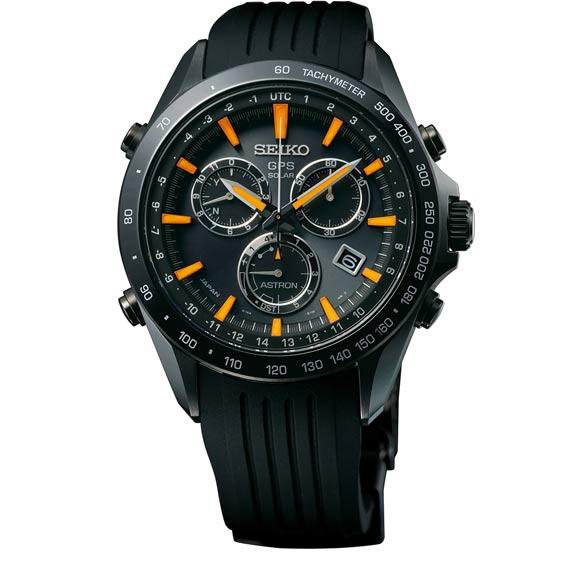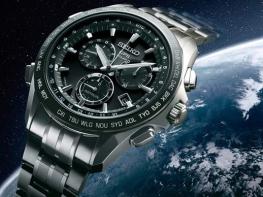Let me get one thing out in the open, I have a lot of admiration for the Seiko brand. I have visited their facilities in Japan twice, and have been blown away by their attention to detail, their manufacturing and assembly processes, the quality and the company’s breadth of product. I think Seiko watches are incredibly designed and well-realized timepieces.
Despite all this, when I received the latest Seiko Astron to test, I was skeptical about it.
The Astron is billed as the world’s first GPS Solar watch, a watch that will update the time using the GPS network, and powered by solar energy. Even though I highly respect Seiko, I have tried many “ground-breaking” watches like this and have found them to be buggy, hard to use and not very revolutionary.
I was dead wrong about the Astron.
The watch performed flawlessly, connecting with the GPS network to update the time in every place I went.
The Trip
I live in Switzerland, and recently made a trip to Macau for an event. I wore the Astron 8X GPS Solar Chronograph, which is thinner than the original Astron and incorporates a chronograph, one of the most useful complications.
The first step was setting the Astron for Swiss time (GMT/UTC +2 with summer time), which only involved pushing and holding a button. The watch connected to the GPS network, telling me the strength of the signal and how many satellites it was connected to (not that I needed to know, but it was cool to watch). In less than a minute, the watch was set to Swiss time and I was ready to board my flight.
"My Astron was performing splendidly, and I was enjoying using it."
The first city on my itinerary was Helsinki, which is one hour different from Swiss time (GMT/UTC +3). When I got off the plane, the first thing I did was look for Finnish meatballs, then I synched the Astron, and it flawlessly displayed Helsinki time.
After a quick layover in Helsinki, I was off to Hong Kong. 11 hours later, we landed at Hong Kong International Airport and I took the Airport Express train to Kowloon for some meetings. Before I got on the train, I pushed and held the button to sync the Astron and, sure enough, it quickly found the satellites and moved the hands to display Hong Kong time (GMT/UTC +8). I was ready to go.
After my meeting in Kowloon’s Tsim Sha Tsui, I caught the jetfoil ferry to Macau. I didn’t know if the time differed in Macau (it’s only an hour from Hong Kong, but you never know), so when I got off the ferry, I pushed the button on the Astron again and the watch confirmed that Macau time is the same as Hong Kong time.
My Astron was performing splendidly, and I was enjoying using it.

The Design
The design of the Seiko Astron 8X GPS Solar Chronograph is clean, clear and very attractive. I love chronographs in general and I think the Astron chronograph looks great. The hands are white and bold, covered with Seiko’s Lumibrite and the watch sits comfortably on the wrist. This new version of the Astron is 30% smaller than the original Astron, launched in 2013, thanks to Seiko’s efforts to reduce the size of the GPS antenna.
Final Thoughts
The new Astron is a technological marvel, able to link up with GPS satellites to make sure you have the right time all the time, no matter where you are.
The watch is so well designed, it looks like any other chronograph, but packs so much more into such a small, attractive package.
I was sad to give up my Astron 8X GPS Solar Chronograph at the end of the trip. I miss pushing a button and having the watch automatically sync up and provide the exact right time.
Congratulations, Seiko, on the fruits of all your hard work and I can’t wait to see what’s next in the Astron family.





